
A recently published study evaluated the use of a commercially available point-of-care relaxin test for its sensitivity and specificity for pregnancy detection in cats.

A recently published study evaluated the use of a commercially available point-of-care relaxin test for its sensitivity and specificity for pregnancy detection in cats.

Low-cost spays and neuters fill a crucial need. Veterinarians: Don't begrudge your colleagues who help.
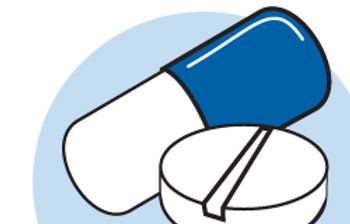
How effective is "clipnosis"?

Drs. Susan Little and Pete Van Vranken discuss options for managing cats with this inconvenient disorder.

As with riding a wave or a bucking bronco, sometimes it's just best to move in conjunction with a cat rather than work against it.
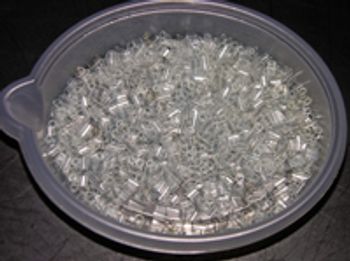
We were out of Nosorb (Catco), the nonabsorbent granule cat litter used to collect urine samples, and needed to collect a sample that day.
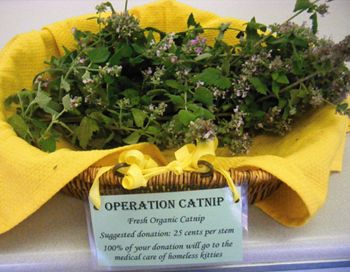
One clinic's great idea for a fundraiser: catnip.

An important differential diagnosis in young pure-bred cats.

How would you help this cat with two serious conditions?
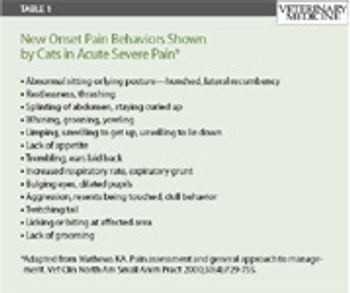
Dr. Mark Epstein gives his thoughts on feline pain management.

Let go of these popular misconceptions about opioid use in veterinary patients.

Some recommendations regarding vaccination and reducing the risk of vaccine site-associated sarcoma.

Hillsborough, N.J. - Although she didn't plan to become a feline practitioner, Dr. Elizabeth Colleran, MS, a 1990 graduate of Tufts University School of Veterinary Medicine, is now the new president of the American Association of Feline Practitioners (AAFP).

Drs. Susan Little and Pete Van Vranken discuss pancreatitis and triad disease in cats.
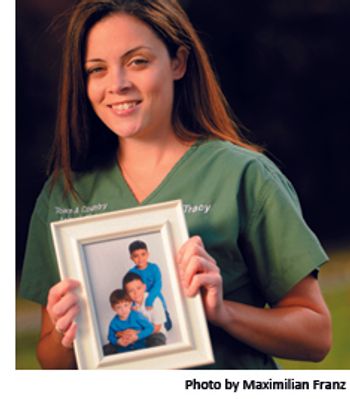
A young mother, athlete, and veterinary practice manager suffered through extreme fatigue and muscle pain for three years before she discovered her life would never be the same. Could the same thing happen to you simply because of where you work?

Veterinary team members, you're at risk for the disease simply because you work with animals. But how much do you really know about bartonellosis?

An important tip concerning insulin administration by clients.

An important consideration for feline onychectomies.

Who's falling short when it comes to the care of cats?

Guidelines for feline immunodeficiency virus and feline leukemia virus testing, focusing on kittens.
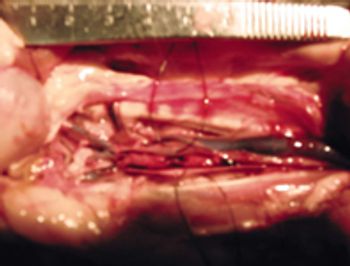
Thromboembolism is a fairly common and potentially devastating complication of heart disease in cats.

Feline bronchopulmonary disease (FBPD), often referred to as "feline asthma" actually encompasses a group of common, but poorly understood, airway diseases. It is estimated that bronchopulmonary disease affects 1% of the general cat population and > 5% of the Siamese breed. Cats of any age can be affected and there is no clear gender predisposition.

Diabetes mellitus (DM) can be defined as a group of metabolic diseases characterized by hyperglycemia, which results from defects in insulin secretion, insulin action, or both. DM can occur because of disease affecting the endocrine pancreas and other endocrinopathies such as acromegaly.

The etiology of this unusual condition in cats is not known.It probably falls into the category of other lymphoproliferative disorders of cats.

Disease of the oral cavity is a common problem, particularly in middle-aged to older cats. Some disorders (e.g. lymphoplasmacytic gingivitis/stomatitis) may begin very early in life in some purebred cats.